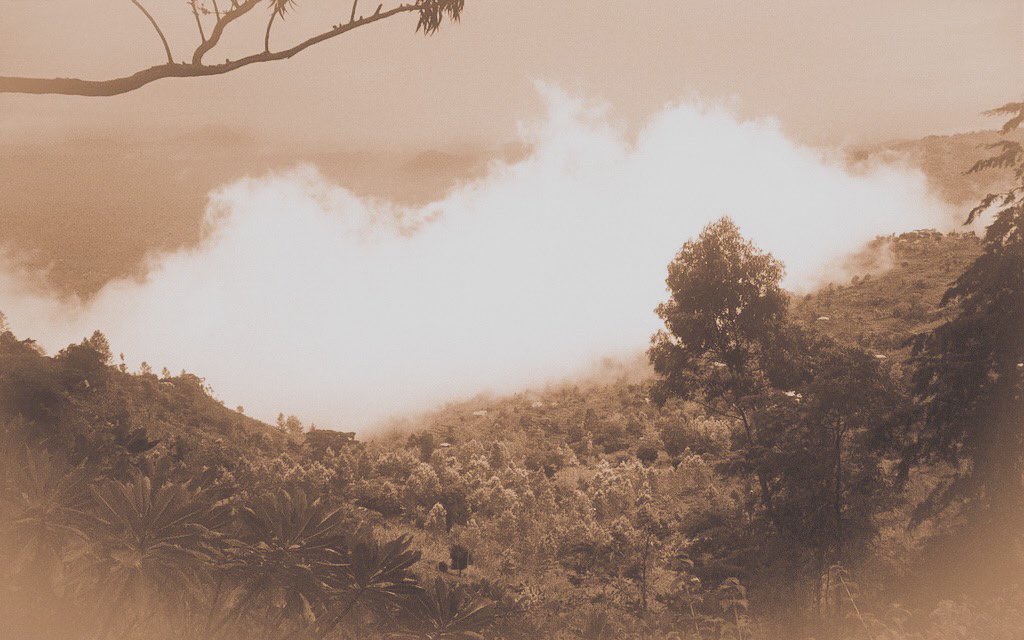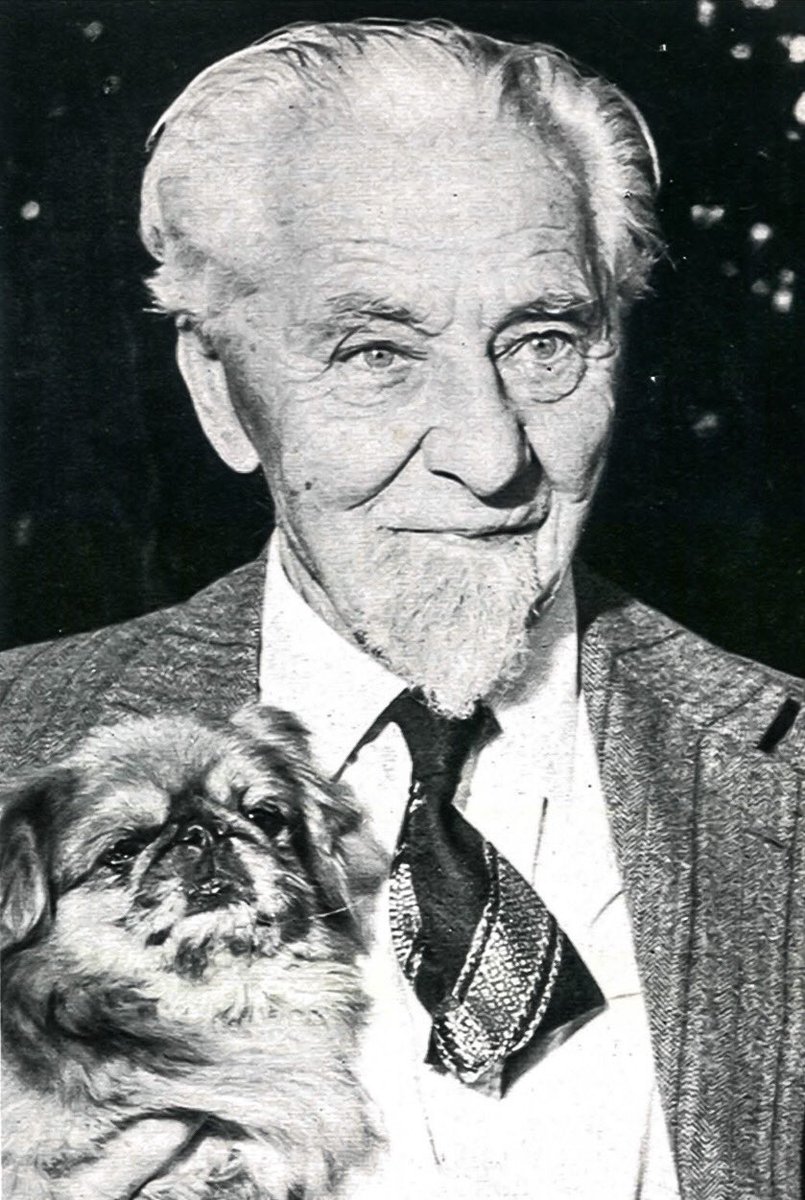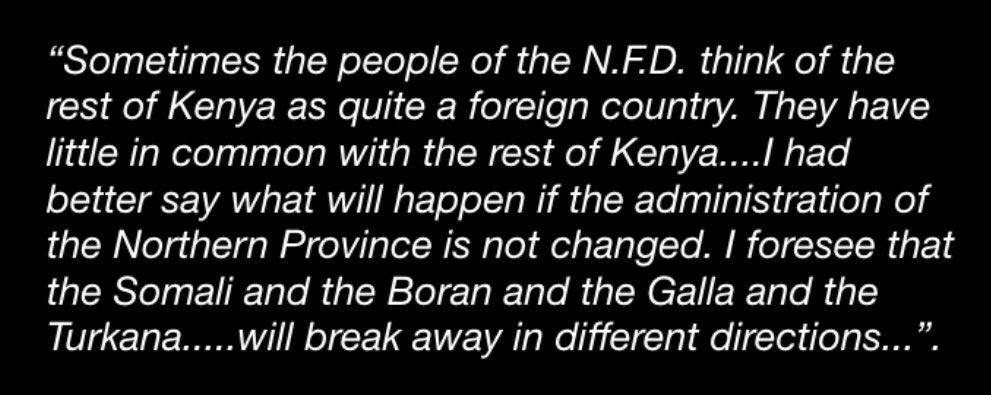
#HistoryKeThread: Snippets Of Murang’a History
This is an early 1900s pic of Agîkûyû women from Fort Hall as Murang’a was known as in those days.
This is an early 1900s pic of Agîkûyû women from Fort Hall as Murang’a was known as in those days.

When the WW1 broke out, the colonial administration in Fort Hall, which is today Murang’a town, issued orders to help get people to join the military.
The instructions given were that some groups of people were to be exempted from the recruitment, nay, conscription: 1 - locals who worked at Christian missions, and, 2, farm labourers working in settler farms, and many of whom worked in or around Thika and Sagana.
Locals couldn’t stomach the idea of risking their lives in far away lands to take part in a war about “a grudge existing among white people”.
According to historian and former politician the late Dr. Mûkaru wa Nganga, to avoid conscription, many of Fort Hall’s able-bodied men thronged mission stations and churches seeking to be employed.
He also noted that approximately 10,000 young men signed up to serve as labourers for the settlers.
With the war coming to an end in 1918, demand for settler labour soared. But there was a great famine that year. The Agîkûyû referred to it as “Ng’aragu ya Kîmotho”, or the “Kimotho Famine”.
In spite of the situation, the settlers, Mûkaru wrote, “engaged in recruiting labour from ‘friendly’ chiefs”. In other words, “friendly chiefs” were bribed to hand over African labourers.
Through a 1920 circular, Governor Edward Northey (pictured) urged government officials - which term, of course, included African chiefs - to assist local settlers in securing labour. 

Consequently, chiefs applied force to procure the services of Africans for (settler) labour.
It is worth noting that in Fort Hall, the death toll from the 1918 famine was so high that “hyenas could not clear the area of the dead”, in Mûkaru’s words. 

Hungry locals fed on the stocks of banana stems, also known as ‘cienja cia marigû. Bizarrely, others fed on the clothes of dead people.
The clothes referred here were the traditional ones made from skin. After someone died, his skin cloak was scrubbed clean, boiled then eaten.
The clothes referred here were the traditional ones made from skin. After someone died, his skin cloak was scrubbed clean, boiled then eaten.
Two decades later, when WW2 broke out in 1939, many locals living close to the Aberdares in greater Fort Hall took to the forests to avoid yet another conscription.
There was a high death toll at the beginning of the war (WW2) among Africans serving in the Carrier Corps.
There were rumors, fueled mostly by The Kikuyu Central Association (KCA), a political outfit that agitated against colonialism, that the colonialists were looking to conscript Africans.
The Murang’a DC lashed out at KCA for fueling the rumors. He felt that Fort Hall “was far behind” North Kavirondo, which had produced satisfactory numbers of recruits for the war. 

Said the DC:
“North Kavirondo is a long way ahead of Fort Hall. The reason for this appears to be that the Kavirondo if less clever is also less suspicious than the Kikuyu, and more ready to adopt a helpful suggestion without waiting for years to find out what ‘hila’ lies behind it.....”
Could the DC have meant ‘hela’? Maybe.
He was supported by Senior Chief Michuki wa Kagwî (pictured extreme left, also father to the late John Njoroge Michuki), who accused the KCA of being “the louse in the government blanket that makes us all itch”. 

The apathy towards the war among central Kenya natives is what led the colonial administration, though the Colonial Film Unit (launched in October 1939), to educate Africans about the war via mobile rural cinemas. 

Good night, folks, and keep safe.
• • •
Missing some Tweet in this thread? You can try to
force a refresh








